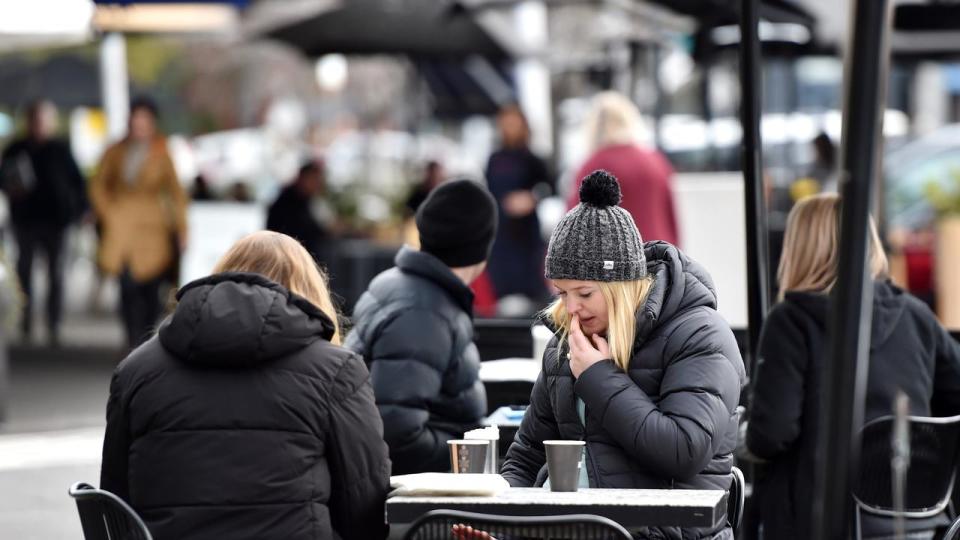Huge clue ahead of Lowe’s last rate call

Plunging company profits and weak household spending data all but confirm that the Reserve Bank will continue its rates reprieve when it meets on Tuesday.
The meeting of the RBA board will be outgoing governor Philip Lowe’s last, with current deputy governor Michele Bullock set to take the reins from mid-September.
Fresh data from the Bureau of Statistics showed that while workers’ pay packets are growing at nearly their fastest pace in a decade, company profits nose dived in June on the back of dwindling commodity prices.
The new figures will likely be viewed by the RBA as further vindication that its strategy to pursue the most aggressive monetary tightening cycle in a generation is acting as a handbrake on economic activity.
Company profits in the mining sector fell 21.3 per cent, or $11.6bn, in the June quarter, according to the latest business indicator data from the ABS.

Outside the mining sector, company profits fell by a smaller 5 per cent compared to the March quarter. Significant declines were recorded in the accommodation and food sectors, down 23.6 per cent, and manufacturing, down 8.6 per cent.
The slide in mining profits was the key driver, contributing four‑fifths of the overall decline in quarterly profits.
Just a year ago, company profits were up 28.6 per cent in the year to June 2022.
“The resources sector has seen a period of strong profits because of elevated commodity prices since the war in Ukraine. But commodity prices over the June quarter declined substantially because of softening global demand and a deteriorating outlook for China,” Commonwealth Bank economist Stephen Wu said.

Sales figures across the economy were also soft, declining by 0.3 per cent, as souring consumer sentiment and weak consumer demand weighed on domestic demand.
Meanwhile, wages and salaries across the country rose by 1.8 per cent for the quarter, taking the full year increase to 9.9 per cent.
News of slumping profits in the mining sector come just two days before the release of new GDP numbers, which will measure the overall size of the Australian economy.
Markets expect GDP to grow by just 0.3 per cent in the three months to June, causing annual growth to slip to 1.8 per cent, down from 2.3 per cent.
Inventories are also set to make a significantly larger drag on GDP growth, down 1 percentage point, after posting a fall of 1.9 per cent, much weaker than median forecast expectations of a 0.4 per cent increase.

In separate data, household spending recorded an overall decline in June as the continued cost-of-living crunch and high interest rates squeeze family budgets.
Discretionary purchases in the June quarter recorded a 3.3 per cent drop, with clothing and footwear falling by 7.5 per cent, furnishings and household equipment by 7.9 per cent, alcohol and tobacco by 4 per cent and recreation by 3.9 per cent.
On Tuesday, the RBA will announce its September rates decision at 2:30pm.
Households with an average mortgage size of $585,000 are now paying $1,415 more every month than they were before the RBA started its current tightening cycle in May 2022.
A surprise rate hike of 25 basis points would increase average monthly repayments by another $96.


